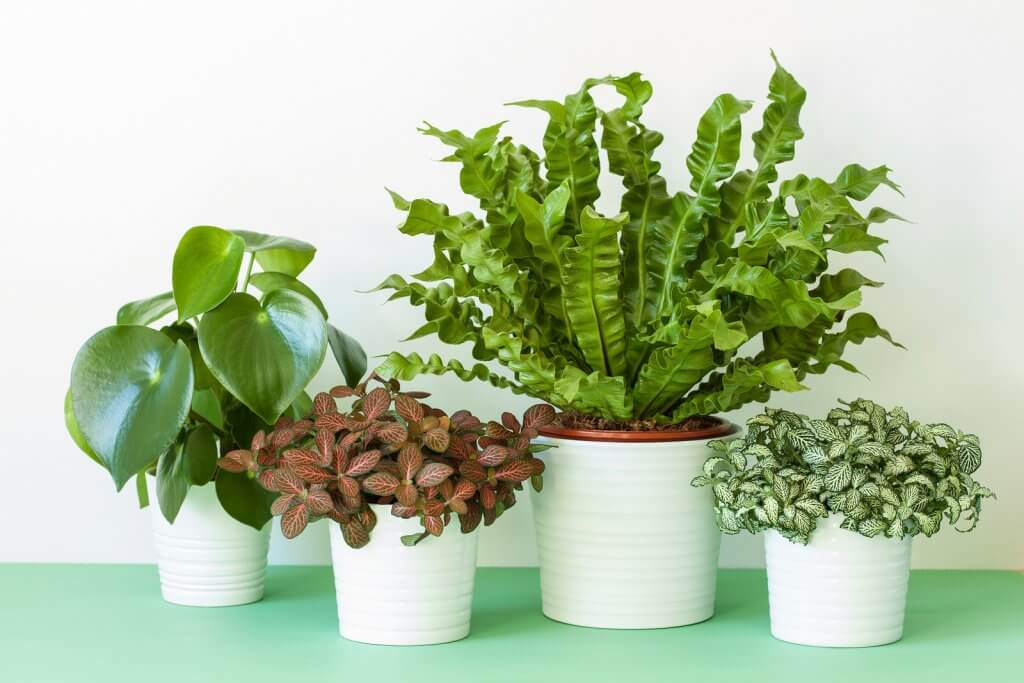
If you get stuck with a houseplant that you cannot identify and the thing starts to die, you are really in trouble. The trouble is, unless you can identify the plant, you will not be able to look up how to care for the plant and you may just have to stand back and watch it go. There are a couple of cues for reviving dying plants. For example, yellowing leaves are a sign of not enough sunlight, too much water, or both. However, if you can’t cure the plant with common sense, you will have to find out what kind of plant it is. This can be difficult because there are hundreds and hundreds of houseplants, and if you don’t know the name of the plant, identifying the plant from the hundreds of pictures will be time consuming. Here are a few tips to help you identify your houseplants.
Get a book—there are several books on houseplants which might help you. You can pick up one of the “For Dummies” books that will help identify the plant by properties. If you can narrow down the possibilities to plant families, you will be well on your way to positively identifying the plant. Try to find a book with plenty of pictures so that you can match your plant to the pictures available in the book. Even if you are not able to nail down the exact plant that you are looking at, you might at least be able to come close. Similar looking plants need similar types of care. If you find a plant in a book that looks like it is related to your plant, you can try the recommended treatment for the plant in the book.
Go online—there are several websites that can help you identify houseplants. One of the more helpful sites is The Encyclopedia of House Plants. This site offers several different options for identifying plants. One option is the A to Z directory of plants. In this directory, there are hundreds of names of plants. However, the names are limited to common names of geneses so you don’t have to sort through tons of species names or Latin names. For example, if you think you are dealing with a Philodendron plant, you can click on the Philodendron link. Clicking on this link you will find the family name (Araceae) and learn that the genus has more than 500 species. Almost certainly, you won’t be able to identify a rare species if you have one but you can look through the pictures of common plants and decide if your plant is in the general ballpark.
Another online site that might help you to identify a tricky plant is the horticulture site from Texas A&M. This site, located at aggie-horticultrue.tamu.edu has hundreds of pictures that you can browse through. If you find a picture that is similar to that of your plant, click on the picture and get the information provided. The site also lets you browse through plant lists by scientific name and by common name.
Learn about leaf shape—plants can be categorized by their leaf shape. Learn the difference between parallel venation and netted venation. You should also learn the difference between pinnately lobed leaves and Palmaley lobed leaves. Once you can narrow down your plant by the type of leaf (or flower) that it has, you will be better able to use the Internet to search for that type of plant. Think about playing a twenty questions type of game. If half of the plants have each type of venation, by learning the difference you have narrowed your choices by fifty percent.